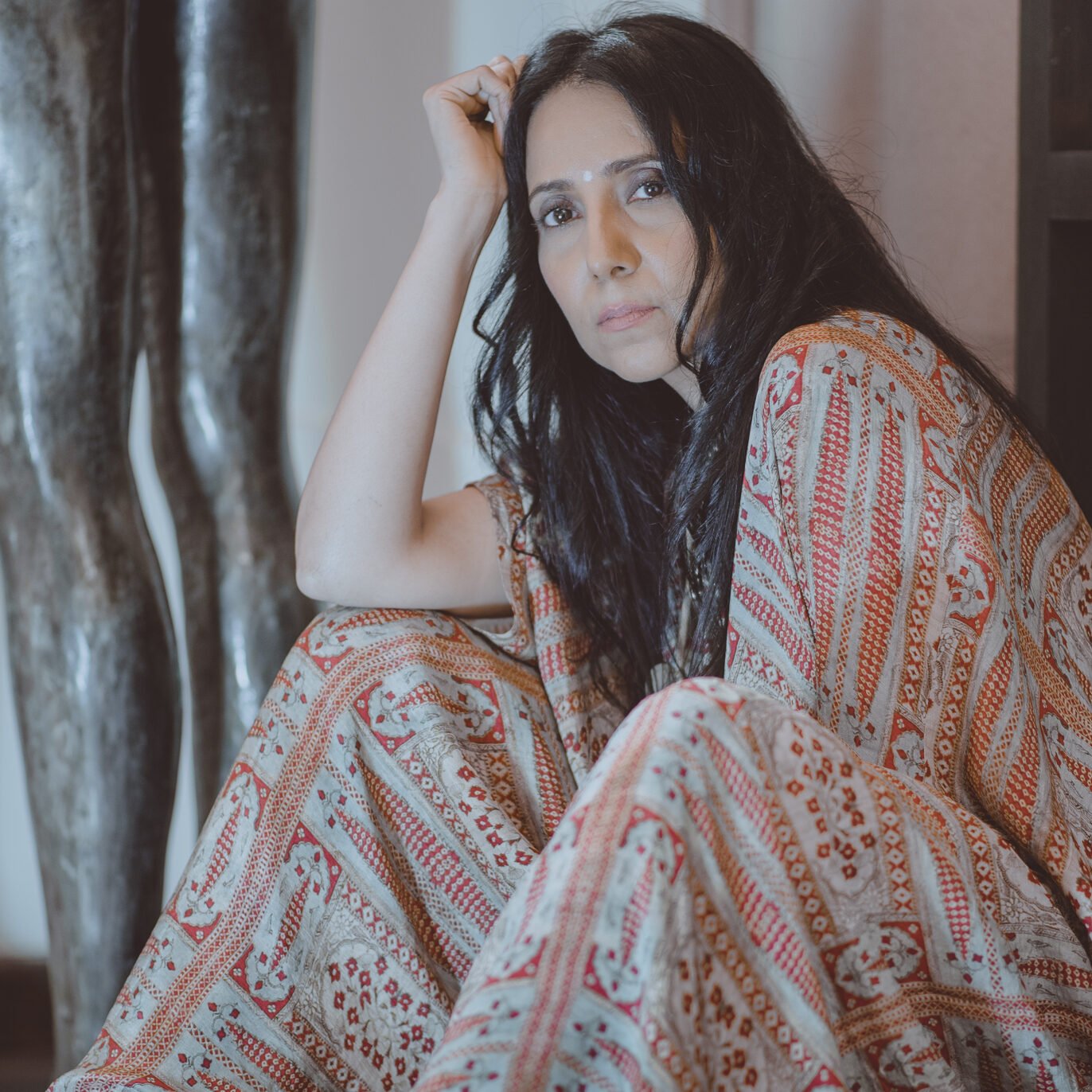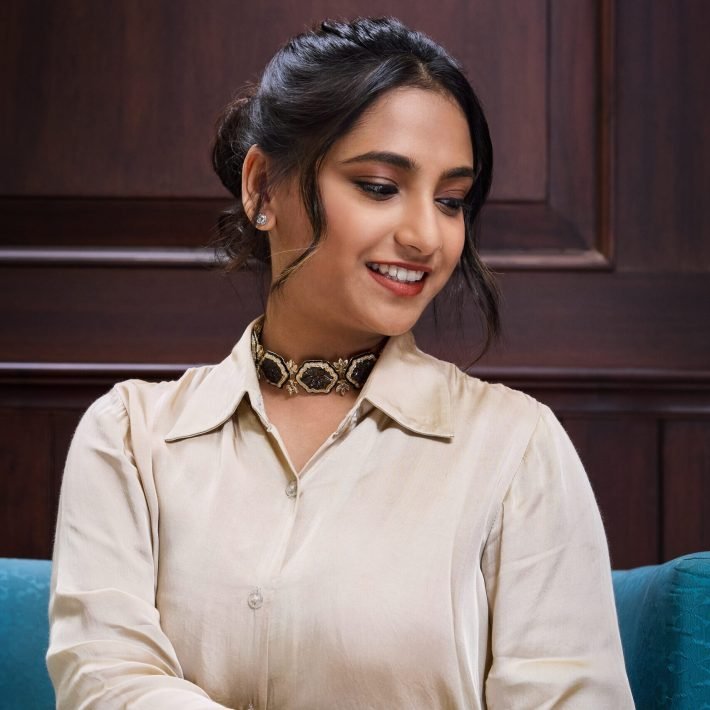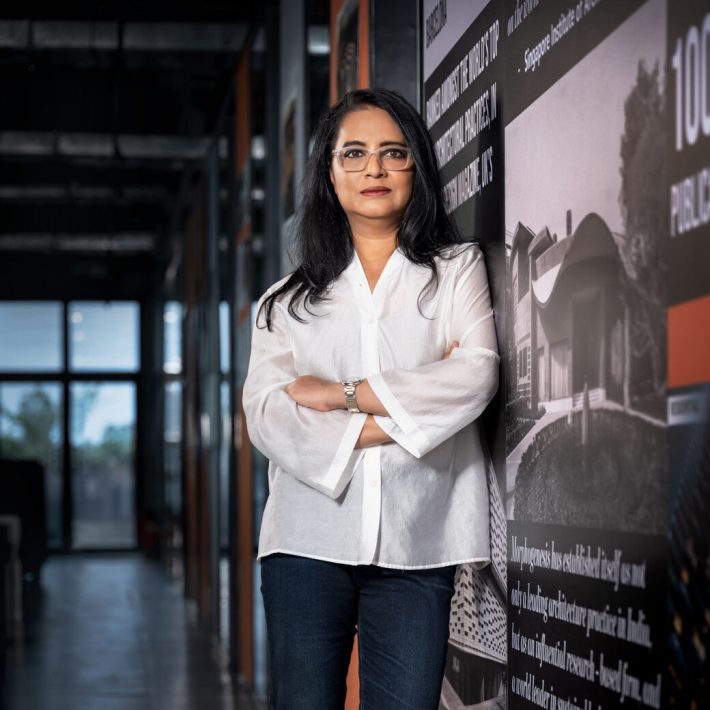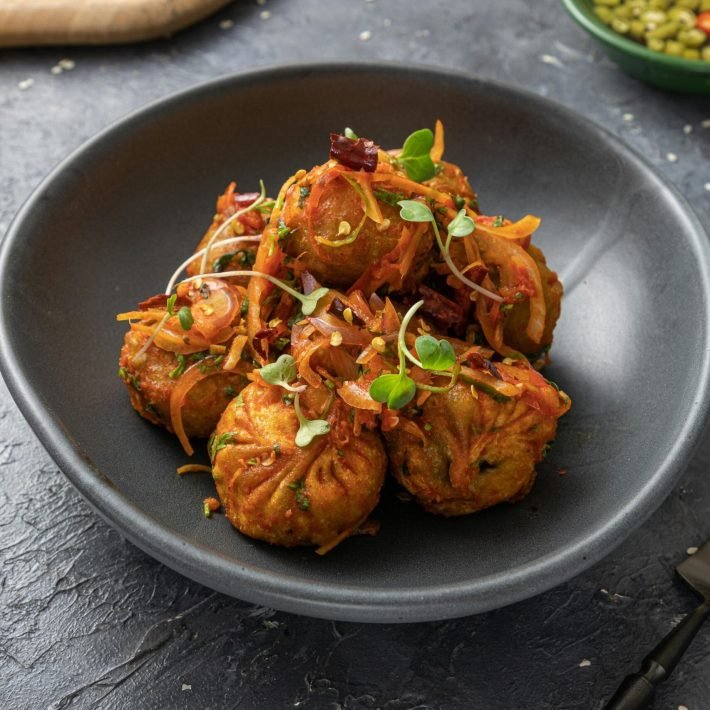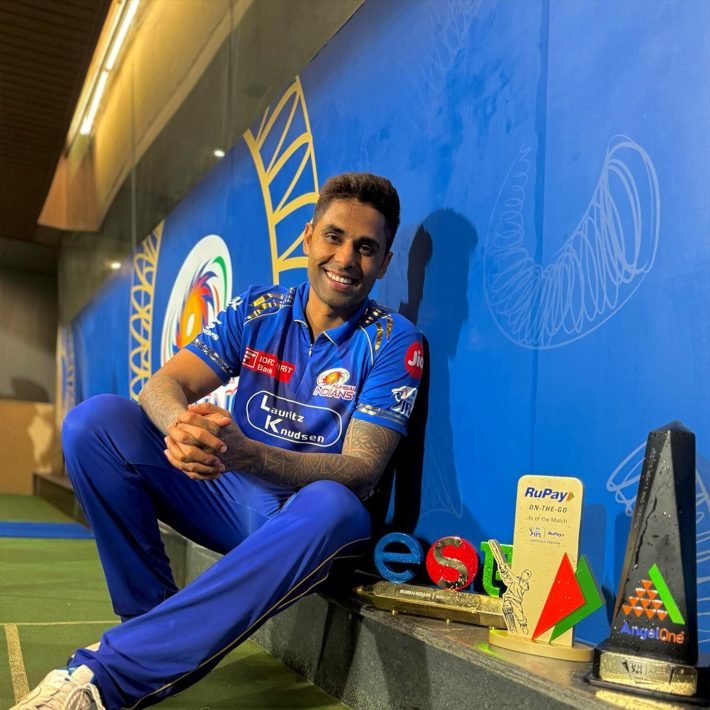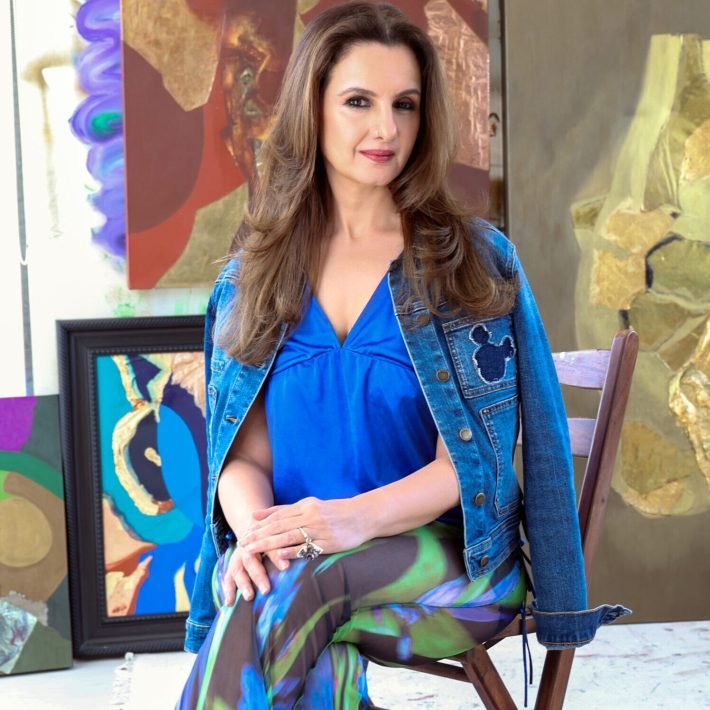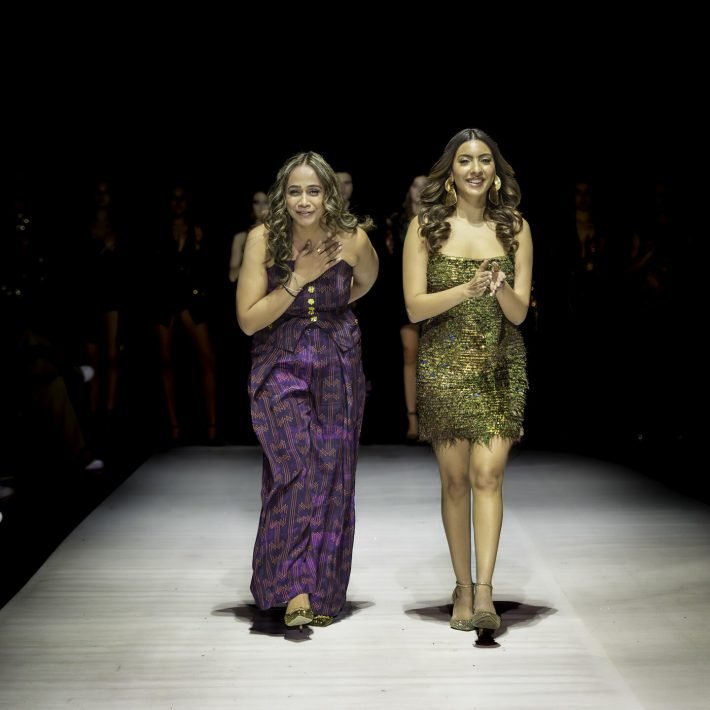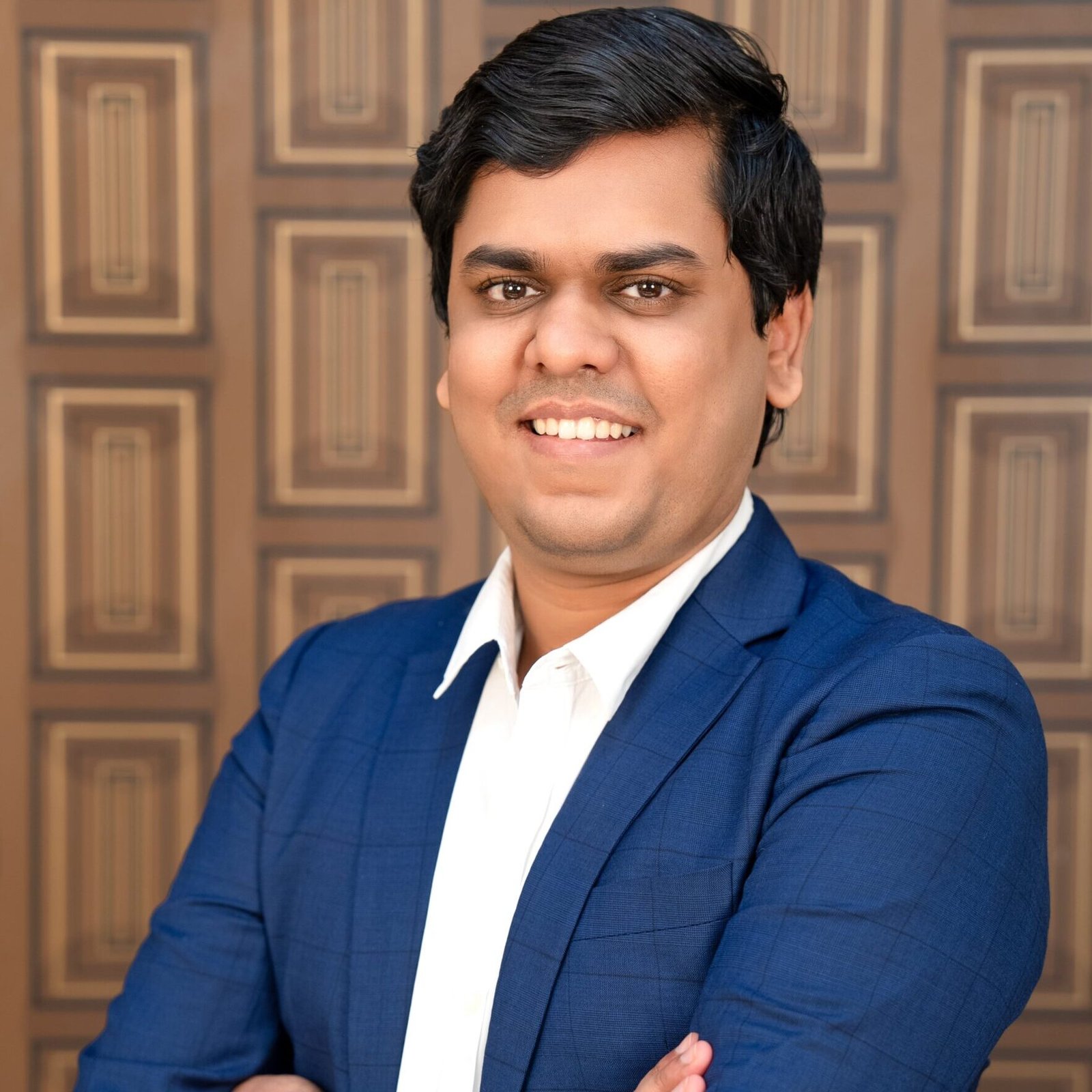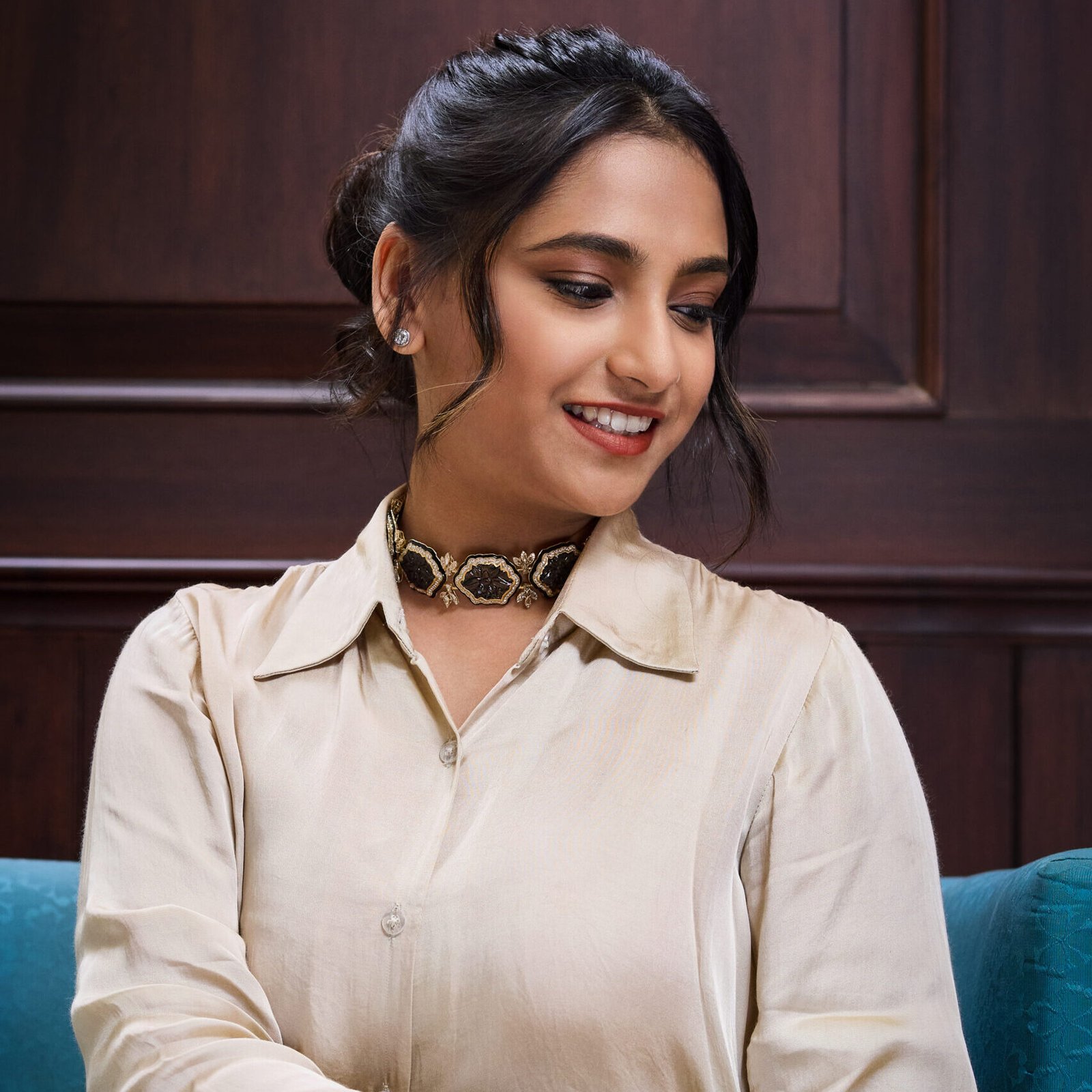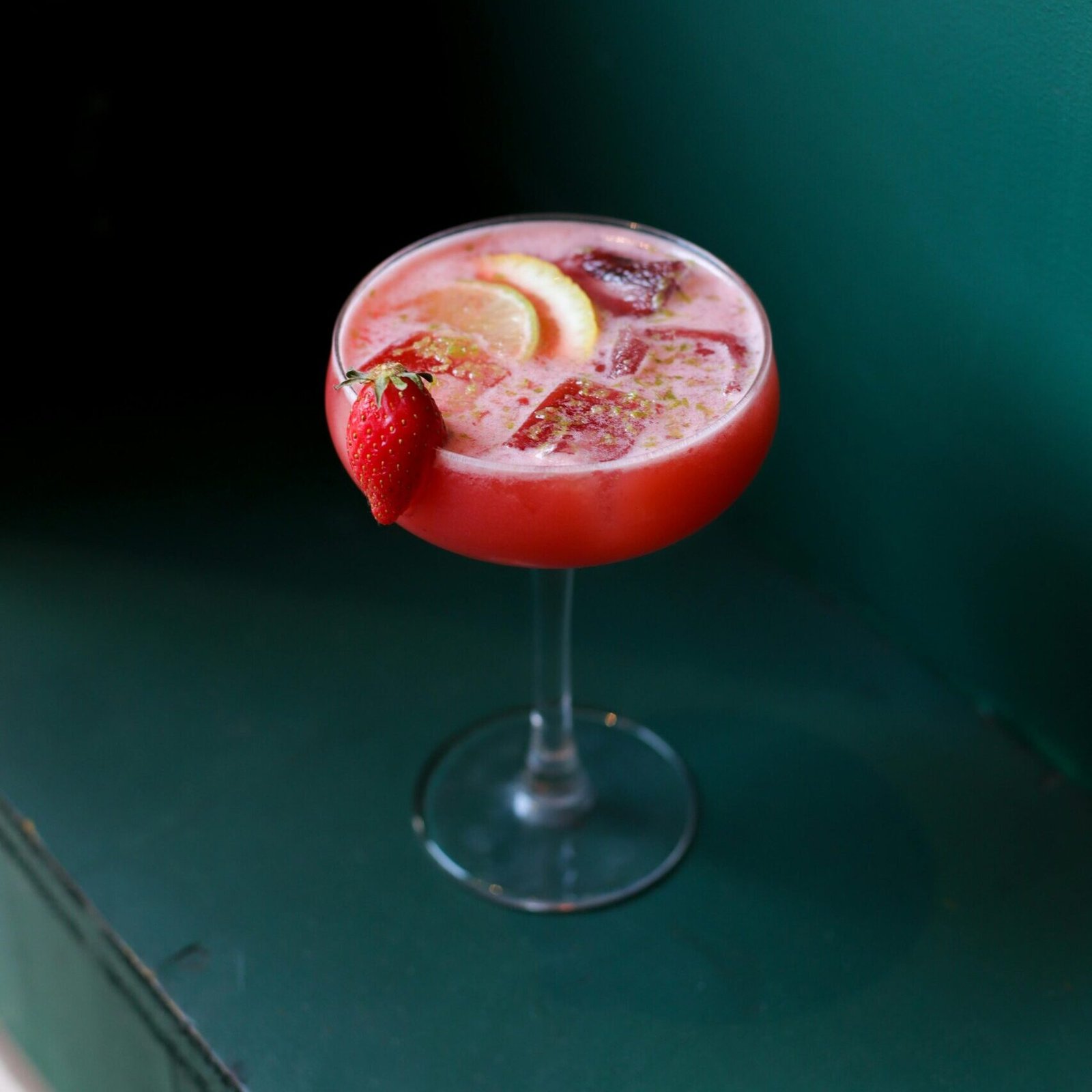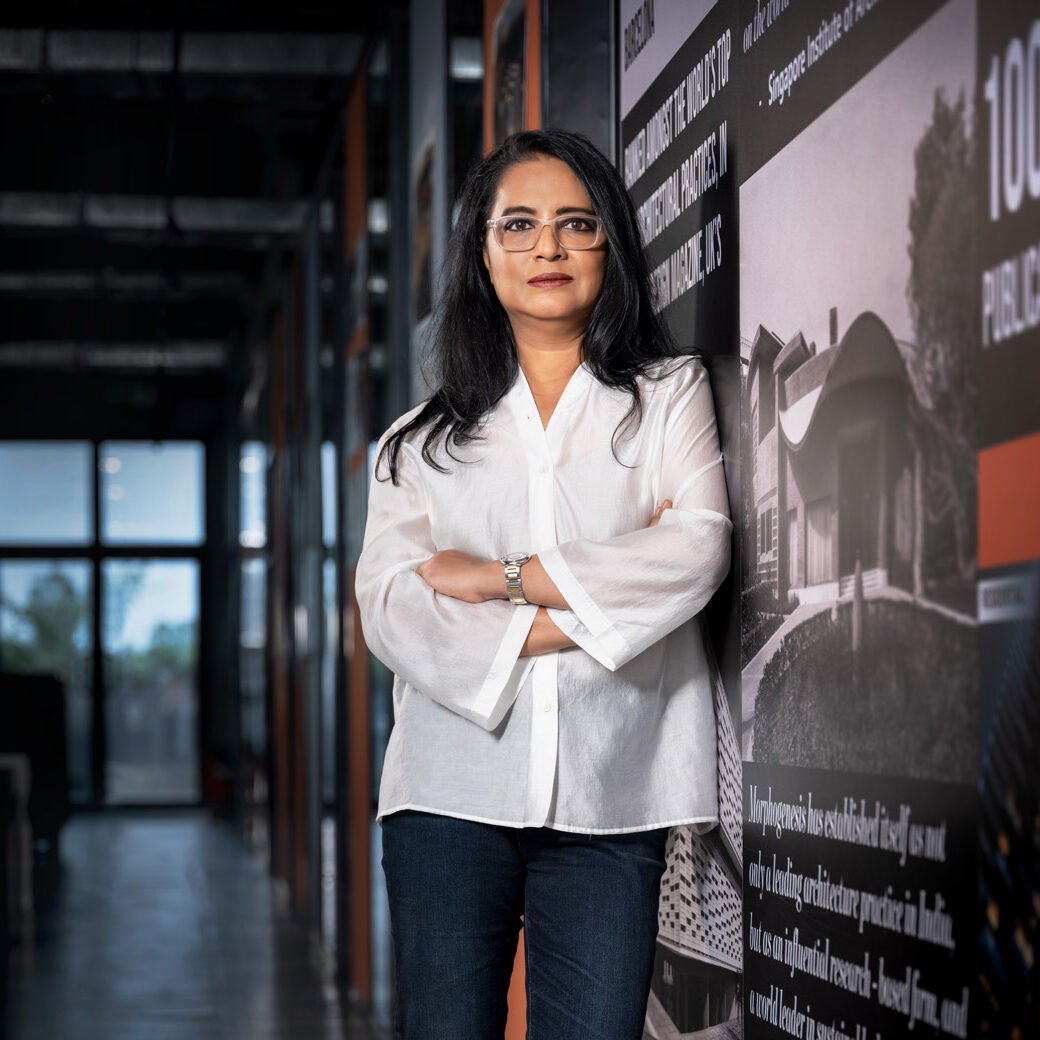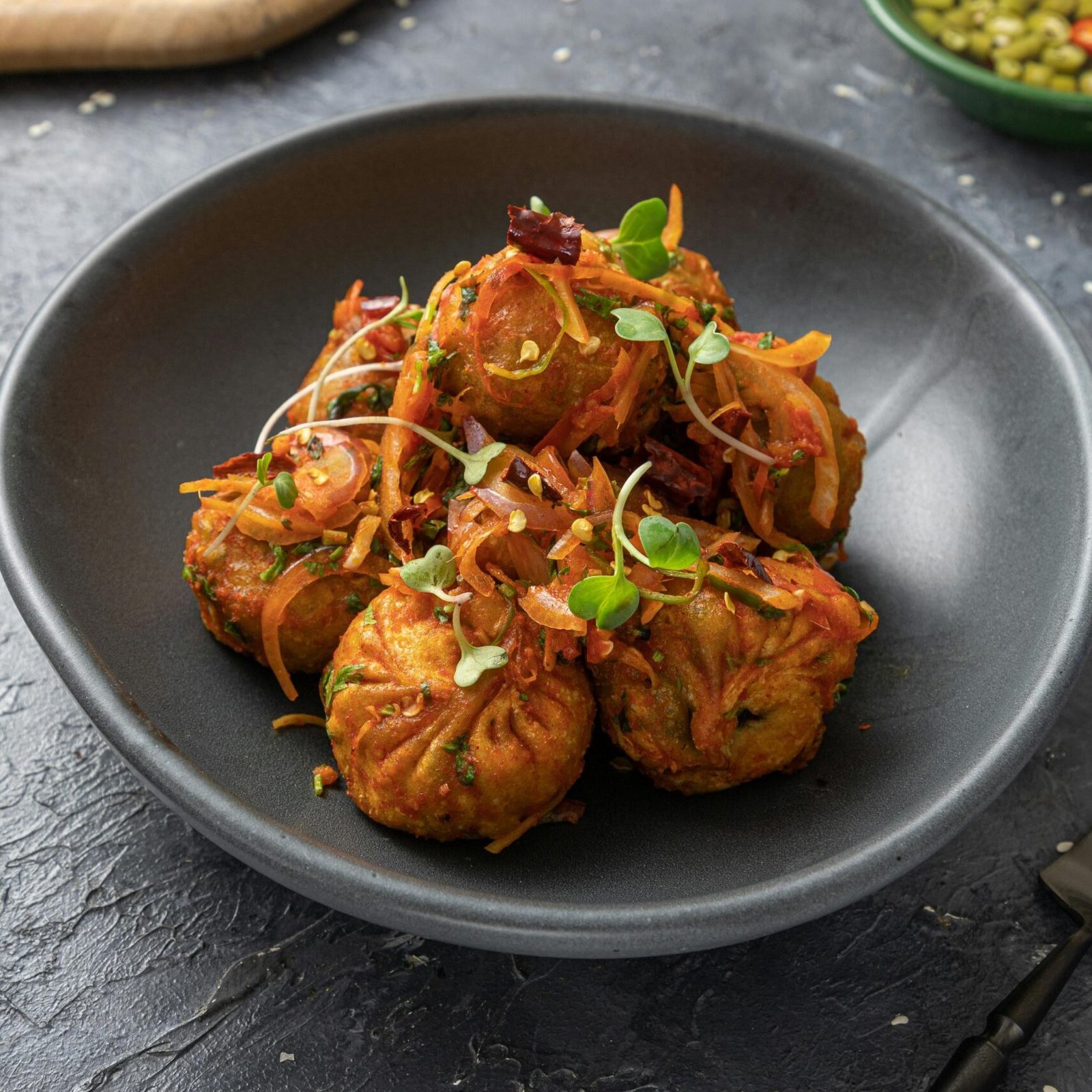The revered Anamika Khanna is a rebel, taking existing forms and transforming them into previously unimagined avatars. She has been doing it for more than two decades, to stunning effect, and has no plans to stop!
By Nichola Marie
As a designer of repute with several years of experience, what is your reading of the current fashion design scenario in India?
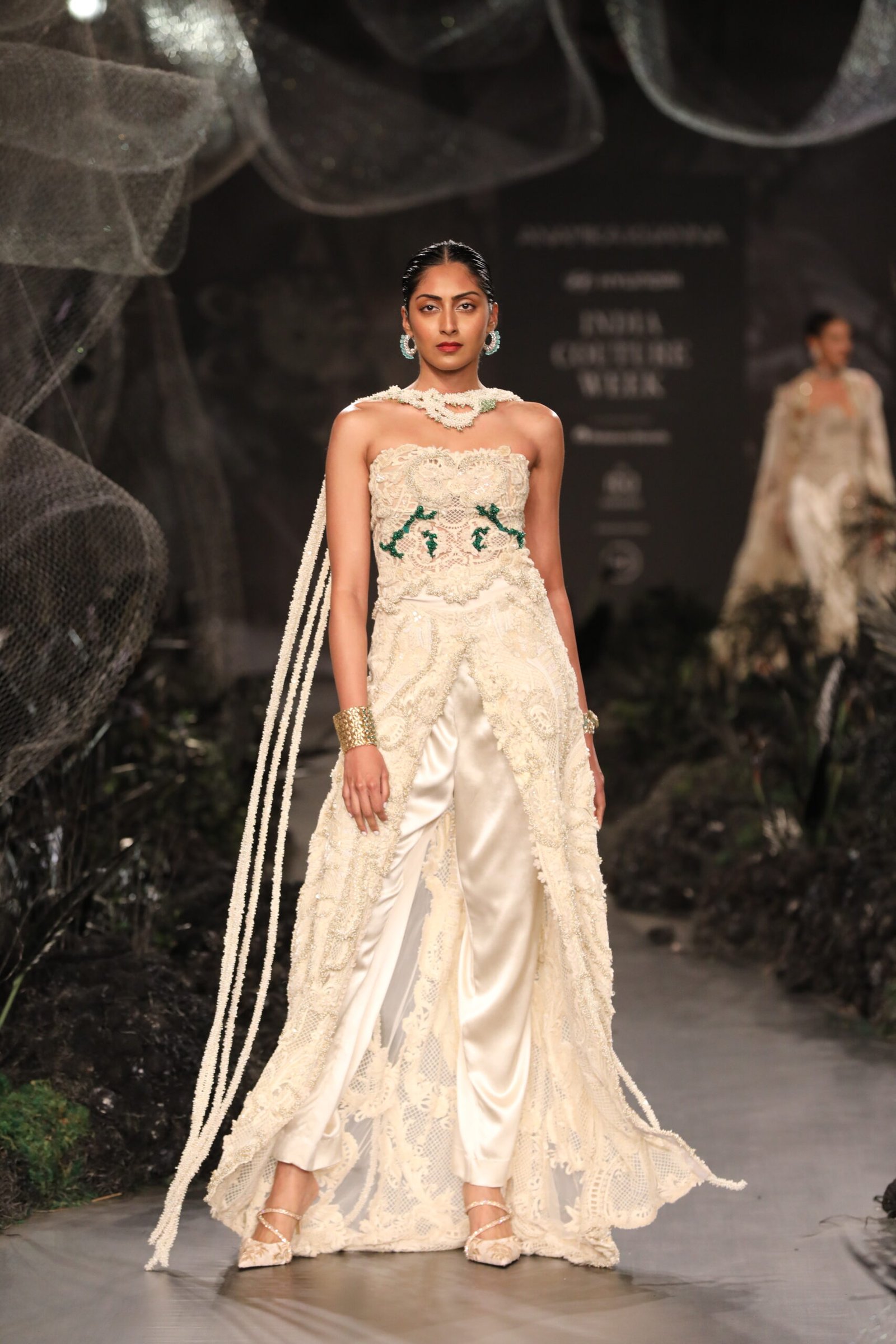
The current fashion scenario in India is very interesting because I feel like finally, India is going through a fashion change, almost like turbulence, almost like a recognition, that fashion exists in India in the truest sense of the word. With Indian fashion designers being chosen, the scenario is already changing. With the influx of international brands coming into India, it’s like a cross combination, where Indian designers are being recognised abroad and vice-versa.
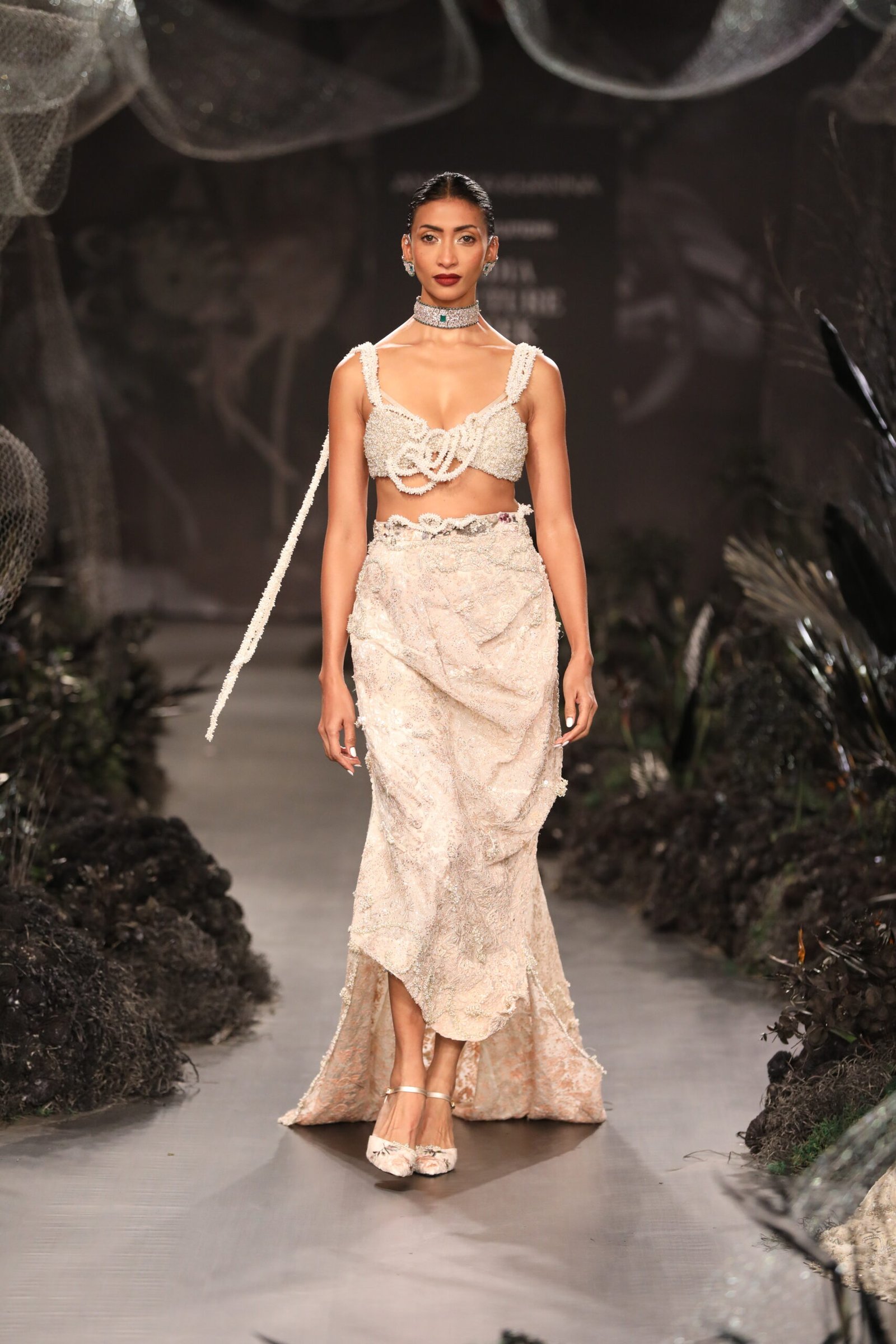
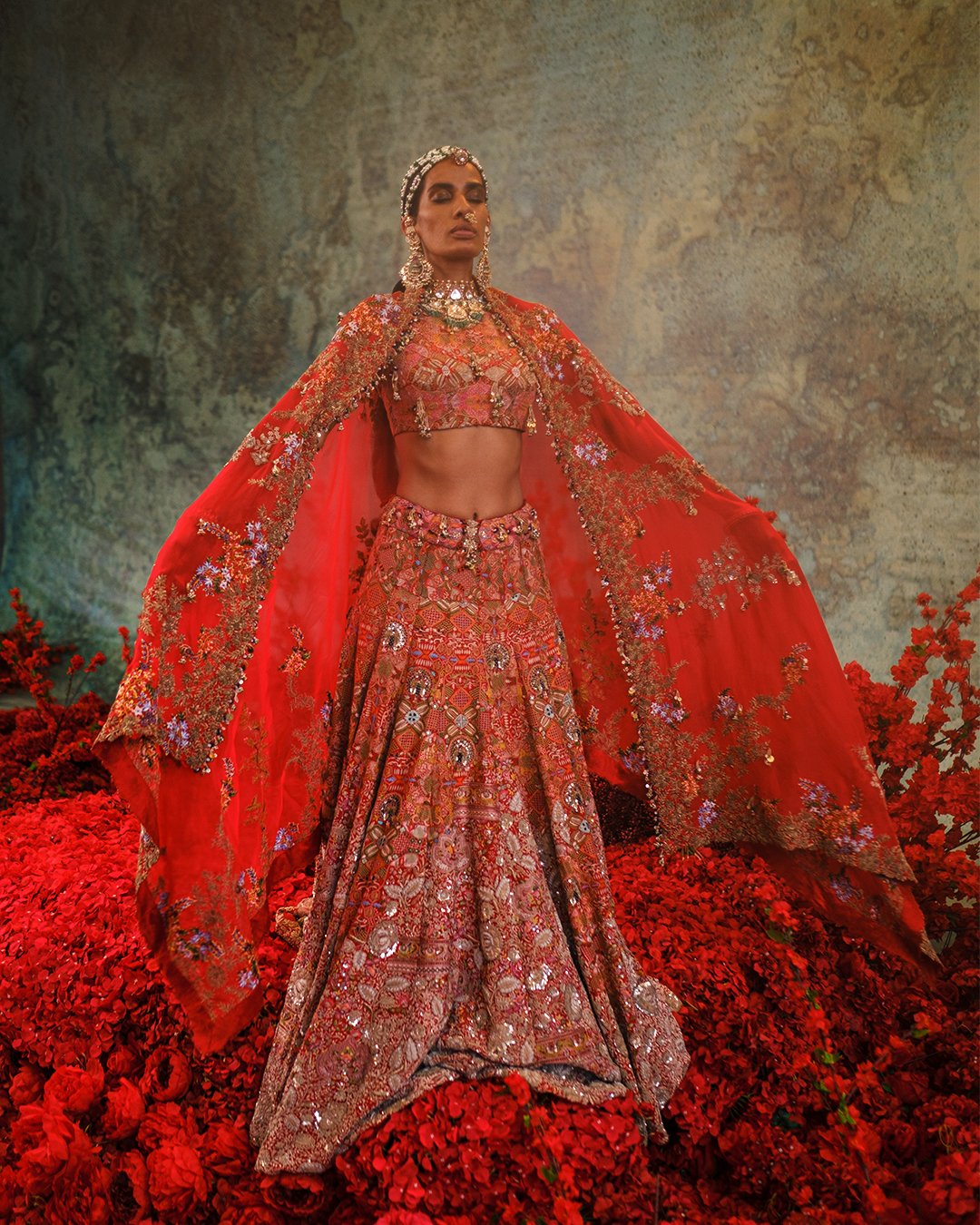
How would you say your eponymous label, Anamika Khanna, achieves the presentation of India’s rich craft encapsulated in global contours?

The day I started out, I was very clear that I had fallen in love with our Indian craft, heritage and culture. There was nothing else that inspired or motivated me, or that I loved more. Having said that, I was also very aware that India is not just about costume, it’s not just about being steeped in cultural heritage. It was also no less than any other international space that existed. I felt that Indian fashion needed that slight push towards contemporisation, or that international exposure. For me, it was an endeavour to take our cultural heritage, art and craft and actually marry that with the rest of the fashion of the world. I couldn’t see any reason why Indian fashion had to be isolated, or why it wouldn’t be part of world fashion. When we had so much more to offer, I always wondered why India should be used only as a dipping pot, as manufacturers for others, or supplying the embroideries and craft to others, and not have our own thing. When I launched my international label Ana Mika, that was a realisation that we had a lot but what we missed out on was the editing of Indian fashion or realising that craft is not just everything – there’s also pattern making, cut, and silhouette. I also started taking the courage to take existing Indian shapes and silhouettes and mix them with international shapes so that what we would arrive at was an amalgamation of the two and not a difference. The craft and the heritage of textile that I was born into is my biggest jewel! Indians, as a community, are no less traveled, less read, or less exposed. I’m going to keep experimenting and yet Indian craft and culture are going to be my backbone.

Can you shed more light on signature designs introduced by the brand, such as the dhoti pant and the pickup skirt, as well as new trends in sari draping that you introduced?
The whole idea of experimenting with Indian silhouettes actually started as an experiment. The first thing that I really did was the sari. Mindful of the fact that the six-yard drape was India’s most respected and revered piece of garment, I did not want to mess with it. And yet I realised that a lot of the younger generation had stopped wearing the sari in its form because it was kind of difficult to manage throughout a workday. I wanted to introduce easier forms of making thesari and yet turning it almost into evening wear and reviving it in my own way. I introduced the concept of the trouser sari first. It was a very big risk I was taking because it hadn’t been done before. I think it paid off. And what evolved eventually was a dhoti sari, which actually today has become part of the Indian dress culture.
The dhoti pant came up from the same idea. I love the idea of it but I felt that it was not just cumbersome, it was also uncomfortable to be in a dhoti, the way it was draped and all of that. So I actually decided to take the dhoti, and make it more luxurious, sharp, and flattering to the Indian woman’s body and not the man’s.

The other big thing that we started doing was introducing the cape in the Indian fashion scenario, which has now become synonymous with Indian fashion and with our label. I got inspired by the Russian czars wearing these capes over their clothes and I was like, the Indian dupatta probably needs a revival and why can’t I experiment with the cape? And once I started doing that, we opened up a Pandora’s box! We started teaming up with various Indian and Western silhouettes. Because of the freeform, the fluidity of it and the luxury of it, it became something that everyone wanted to have.
We also introduced the pickup skirt, which was again, like a very Western thing to do, but bringing its fluidity and the drape. Somehow it reminded me of the sari, given the number of ways that we drape the Indian sari. I tried putting that with an Indian kurta first. There was also the lungi skirt, inspired by the Indian form of wearing the lungi, with the comfort of just being able to zip it up.
We continue to experiment, the saris have taken various forms and so has the sharara, which we’ve introduced now, with suit jackets, with embroidered blazers. This journey of experimentation continues.
Harking back to when you started out in 1998, it has been a series of successive achievements for you, from showing your bridal collection in Pakistan for Bridal Asia in 2003, to launching your international label Ana Mika in 2004, followed by the grand finale at Lakme Fashion Week. What were the factors, in your opinion, that helped you gain a firm standing and fame in a relatively short span of time?
Success is a very relative term. And I do feel that we still have a very long way to go. Yes, along the way you achieve milestones. But I don’t even know if I should call it success. It’s just part of what we do. I also do feel that the one reason why we have kept going from strength to strength, if I may say so, is the very fact that for me, I live, breathe, eat, sleep and wake up fashion. I’ve worked on it incessantly for the last 20-plus years nonstop without actually having taken a break. The consistency really helps. Of course, you’ve got to have it in your genes, your surroundings and all of that. Besides that, it requires constant study. It requires constant experimentation and the ability to take risks, which I’ve been doing for a while now. The most important thing for me that makes me stay here is the love for it. Like I said, I’m born for this and I think I will also end with it.
Considering you also made a splash at your most recent showing at India Couture Week 2023, you have also sustained beautifully. What has been the secret?
Couture gives me the platform to push boundaries as much as we can. Having spent so many years studying, researching, trend forecasting, and being seeped in fashion, it also gives you an instinct and a gut. It’s that sense of what the country might need and might be looking for; the next thing, and just going with that gut of that next thing is when we presented couture. It is born from the whole idea of constantly wanting to reinvent, to experiment, to take the next step. Couture for me was almost like the shredding of everything that existed. The whole collection came around like that: We were letting go of what was there and making space for what could be. There was the risk of it not getting accepted but I went ahead anyway. It’s what sustains us – to keep reinventing and keep pushing boundaries.

What strides has the brand made that leave you with a sense of pride and fulfillment today?
I don’t think I feel a sense of fulfillment, I feel like we’ve just started. And it’s such a long way to cover and to experiment, to discover more …yeah, this feels like the start of the learning curve. And let’s see where it pushes us. But at this moment, having started the second brand, AK-OK, it seems like a very interesting space that we’re discovering and going into. Besides that, we’re also at this moment going with the idea of introducing a lot of new things in the main Anamika Khanna brand. The sense of fulfillment might lie in the fact that we’re not restricting Indian fashion to ‘Indian fashion’. We are experimenting, keeping our silhouette slightly Western, mixing things up so it becomes much easier to accept.
You have also been the designer of choice for some of the most stylish film stars on their wedding day, from Sonam Kapoor, Richa Chaddha and Kajal Agarwal to Athiya Shetty…

It comes from our sense of comfort, the amalgamation of design aesthetics, the very fact that I’m listening to their viewpoint as a bride and they understand our aesthetics and we work together. That’s the one reason why it works for us. Whether it’s Sonam or Athiya, or any of the other brides, I think an understanding of aesthetics and being able to adapt, blend, create, and not be just stuck into that one mould creates results.
Any future goals?
Our whole idea is to be able to create a brand that is remembered for its values, honesty, integrity of design, use of craft, and the modernisation of Indian fashion; and that’s my goal for the future.
